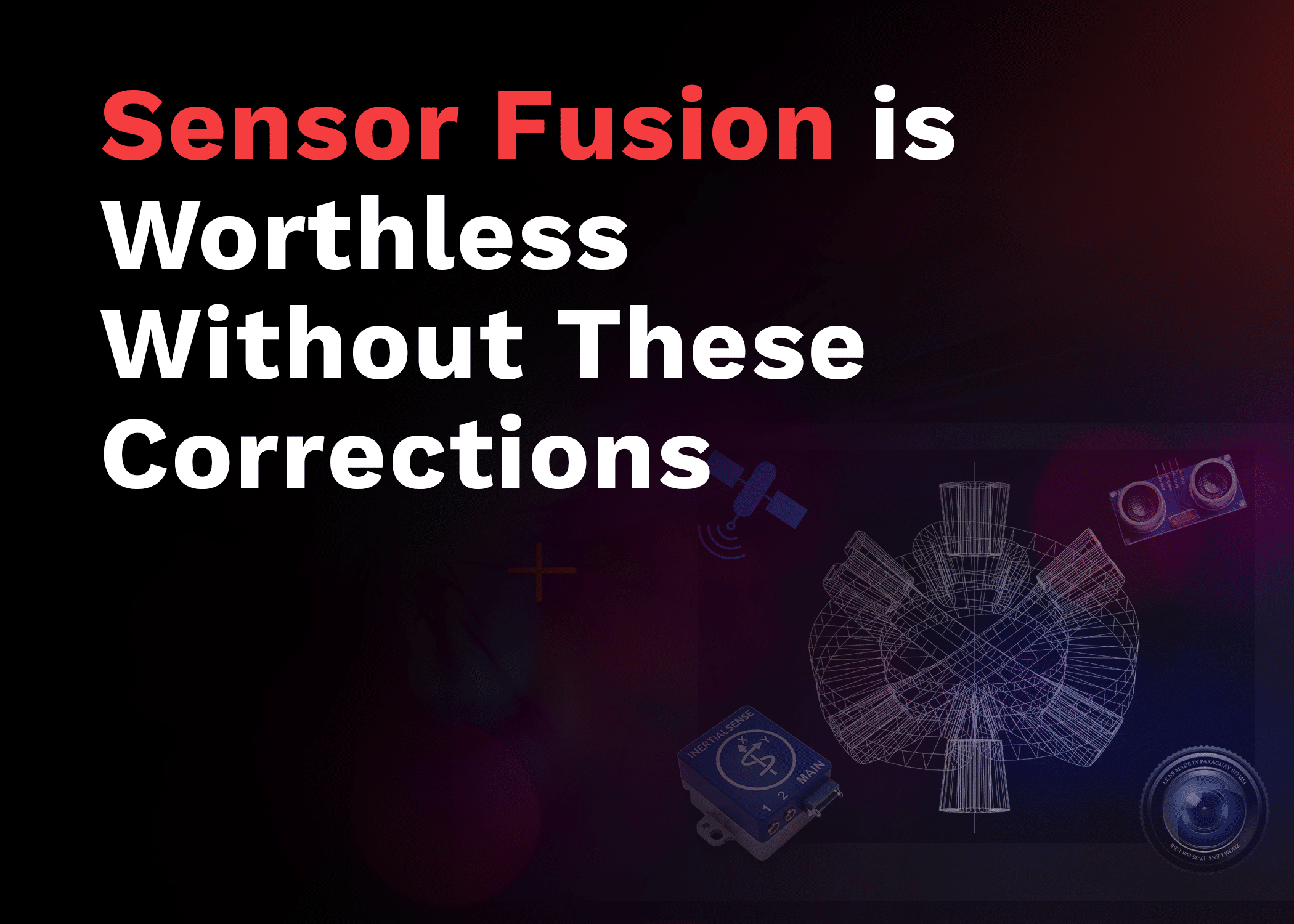
Blog
Sensor Fusion is Worthless Without These Corrections
Sensor fusion is the combining of data from multiple sensors to reach a consensus on position and momentum reducing uncertainty and error in autonomous navigation and robotics systems, using GNSS receivers, Kalman filters, and other options. These sensor fusion corrections are necessary to provide increased accuracy, especially where data interference can be strong. Failing to […]
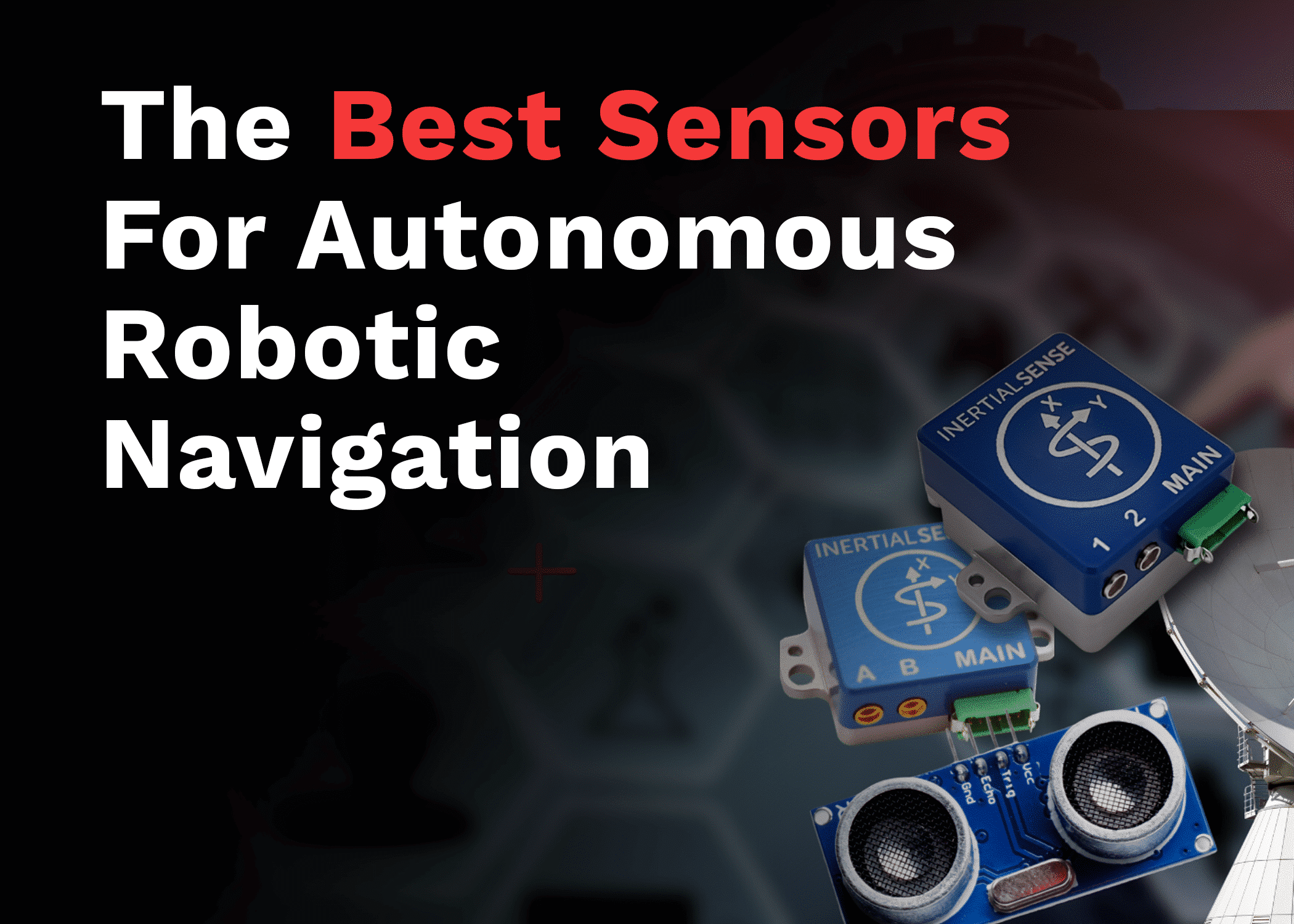
Blog
The Best Sensors for Autonomous Navigation
Have you thought about how to find the best sensors for autonomous navigation? Different types of autonomy sensors such as autonomous vehicles and robotics systems require several sensors to navigate their environments safely. These devices effectively serve as the eyes of the robot or autonomous system and allow it to identify obstacles in its path […]
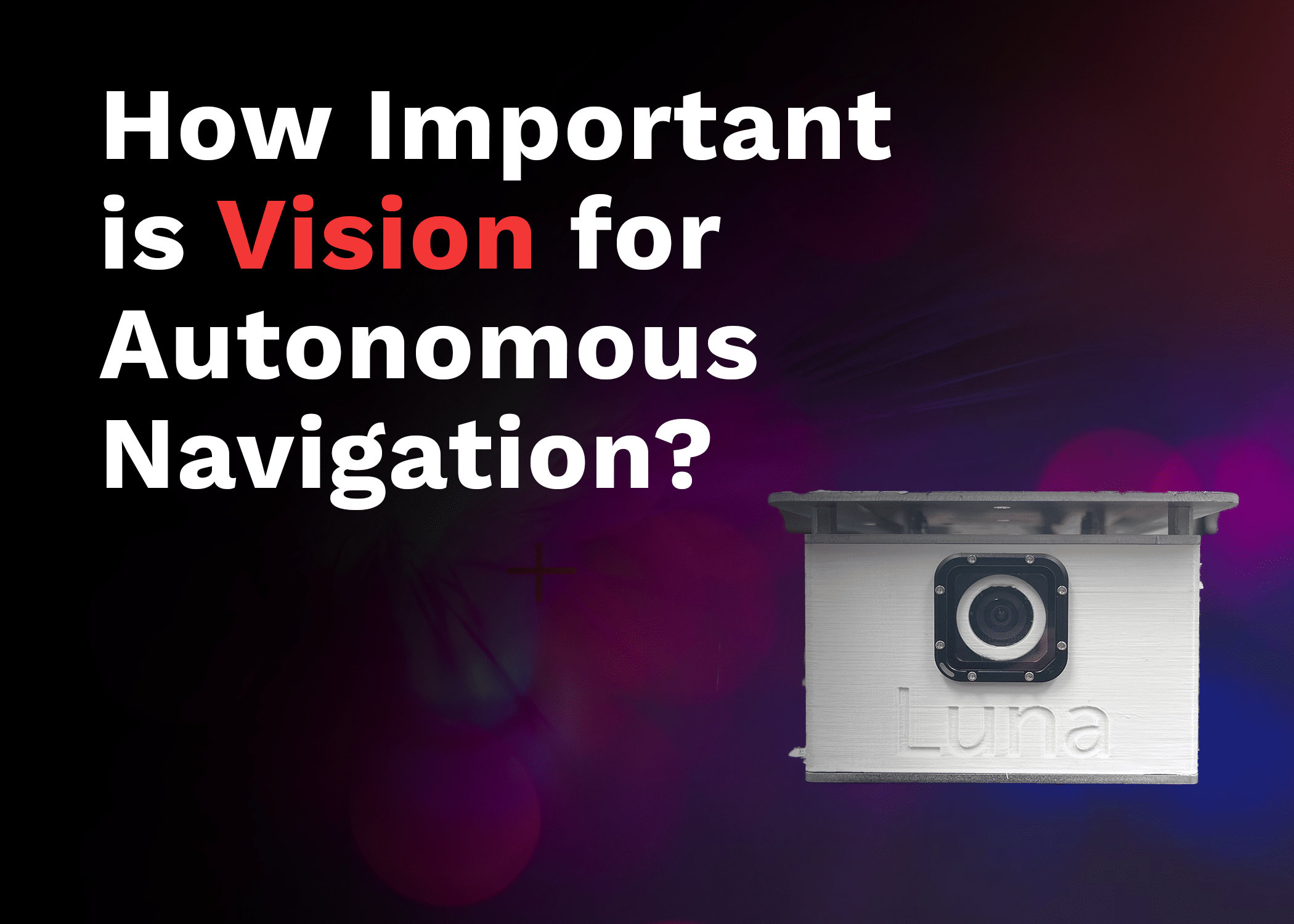
Blog
How Important is Vision for Autonomous Navigation?
Most autonomously navigating systems depend on GPS signals to determine their position and the direction in which they should travel next. GPS, however, is not always available to serve autonomous robot navigation systems. The Institute of Electrical and Electronics Engineers, better known as IEEE, recommends a process called simultaneous localization and map building (SLAM) to […]

Blog
10 Creative Ways to Boost Your Robot’s GPS Signal
Maintaining clear lines of communication between your autonomous robots and GPS signals can be critical to the success of these projects. Finding ways to boost your robot’s GPS signal can allow it to function more effectively. Here are 10 of the most practical and creative ways to boost your GPS signal and reception for robotic […]

Blog
The Number One Reason to Add An Additional GPS to Your Rover
Your rover depends on global positioning to determine its location and to navigate familiar and unfamiliar terrain successfully. The primary reason to increase the number of receivers on your GPS rover is heading accuracy. Upgrading from a single system to multiple receivers is typically a cost-effective method of improving accuracy for geolocation. Increased heading accuracy […]

Blog
How to Lose Money When Buying an IMU Sensor
Purchasing an Inertial Measurement Unit, more commonly referred to as an IMU sensor, can be a tricky process. Because the price range and capabilities of these autonomous devices can vary so widely, it is easy to overspend on IMUs that may not be suited to your specific set of needs. At Inertial Sense, we offer […]

Blog
The Worst Interference Elements to Shield Your Rover From
Inertial navigation within robotics is notoriously susceptible to all kinds of interference and technical problems that can cause drift at best, and collision at worst. This article aims to help you be aware of some of the most problematic interference elements from various signals and some helpful approaches to preventing and solving them. Interference […]
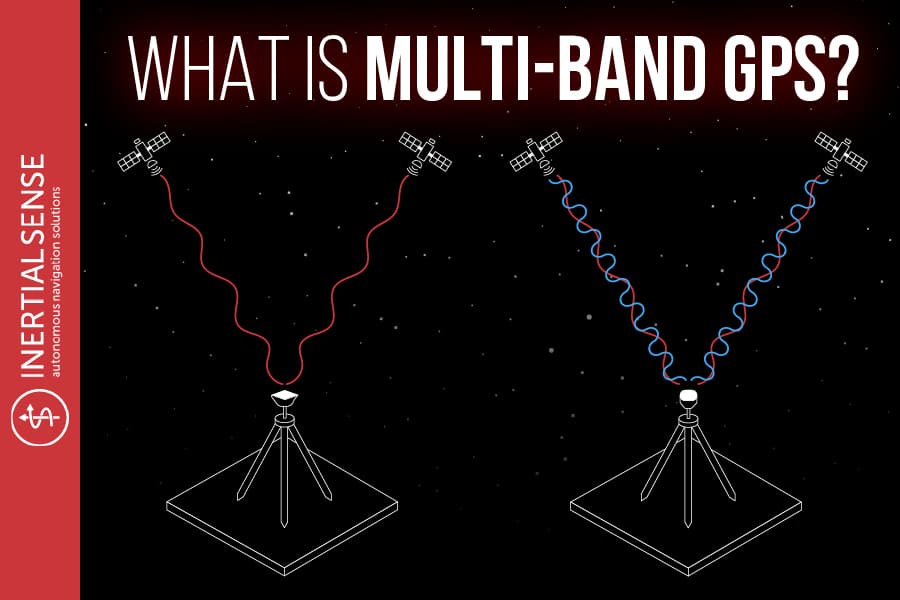
Blog
What is Multi-Band GPS?
Multi-band GPS systems offer much more reliable and consistent locating and positioning for autonomous systems and multi-frequency devices. These new technologies are designed to reduce location errors and to provide outstanding accuracy for even the smallest devices. Additionally, they enable devices to get up and going significantly quicker due to the faster “fix” times a […]
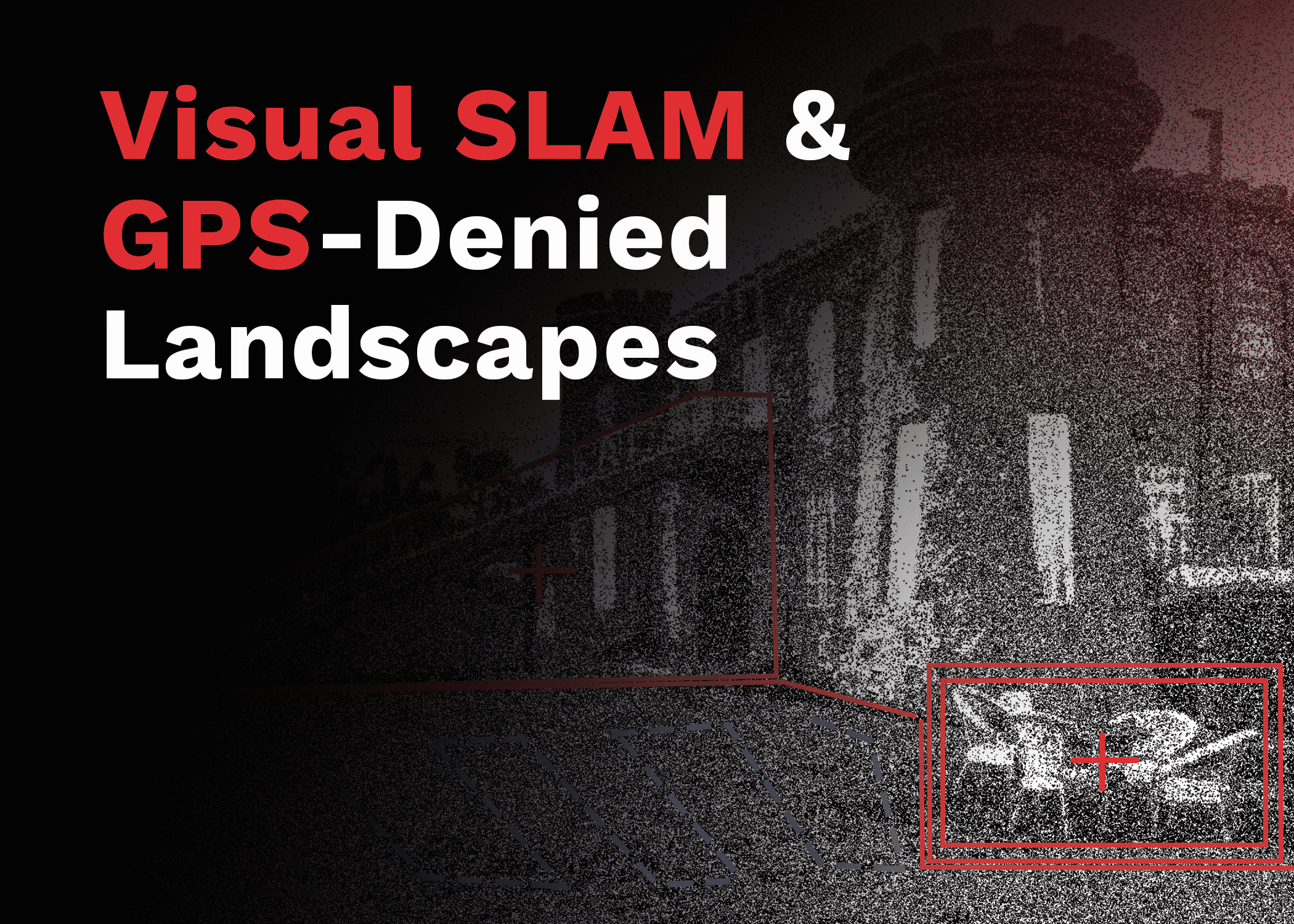
Blog
Visual SLAM and GPS Denied Landscapes
An article published in the November 2015 edition of Artificial Intelligence Review defines visual simultaneous localization and mapping, more commonly referred to as Visual SLAM (VSLAM), as a means of establishing the position of an autonomous mobile agent (an object, system, robot, or vehicle) by using images of the environment. Simply put, VSLAM is one […]
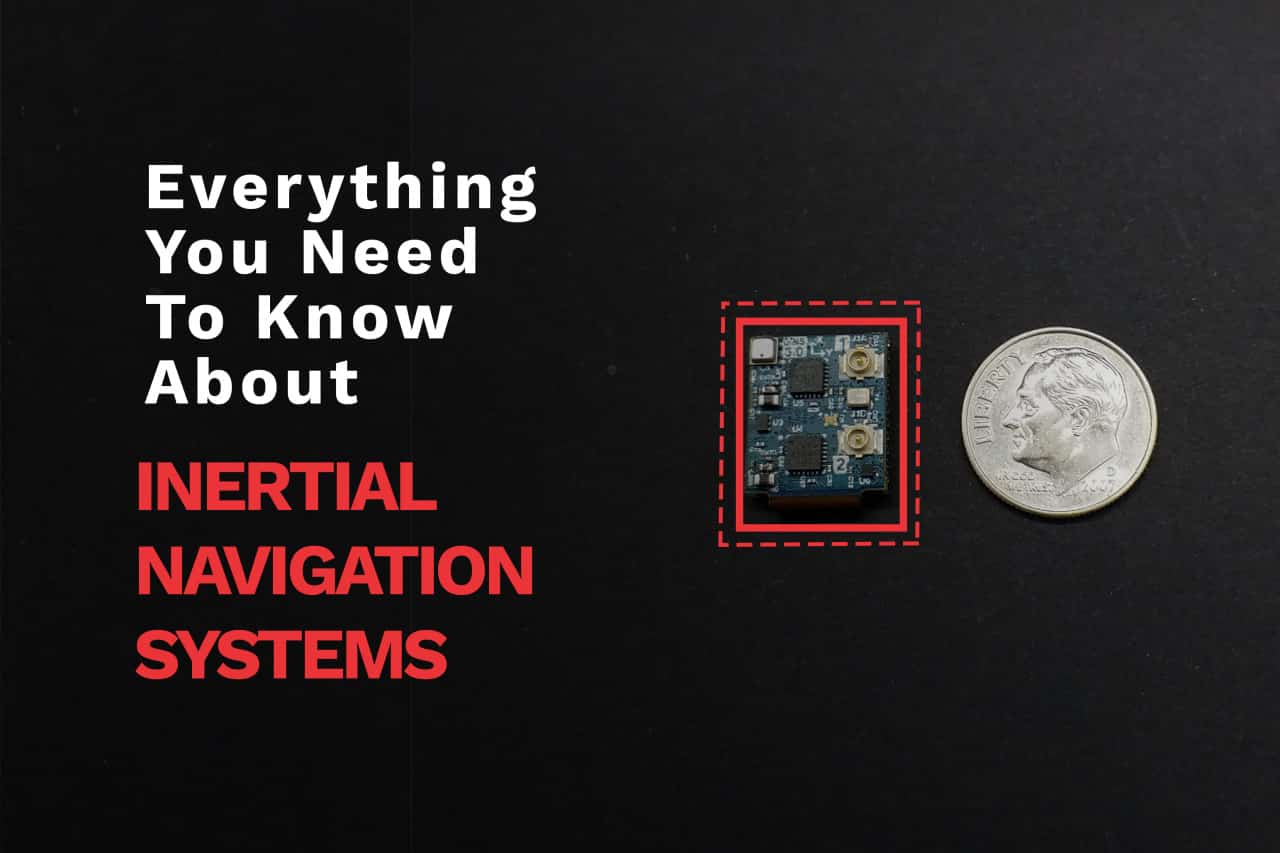
Blog
Everything You Need to Know About INS
Understanding the components and processes that make up an inertial navigation system (INS) is essential for modern companies that plan to implement these systems as part of their overall business operations. Hardware, firmware and implementation of inertial systems are the three components that matter most in the inertial navigation field and inertial measurement units. Here […]

